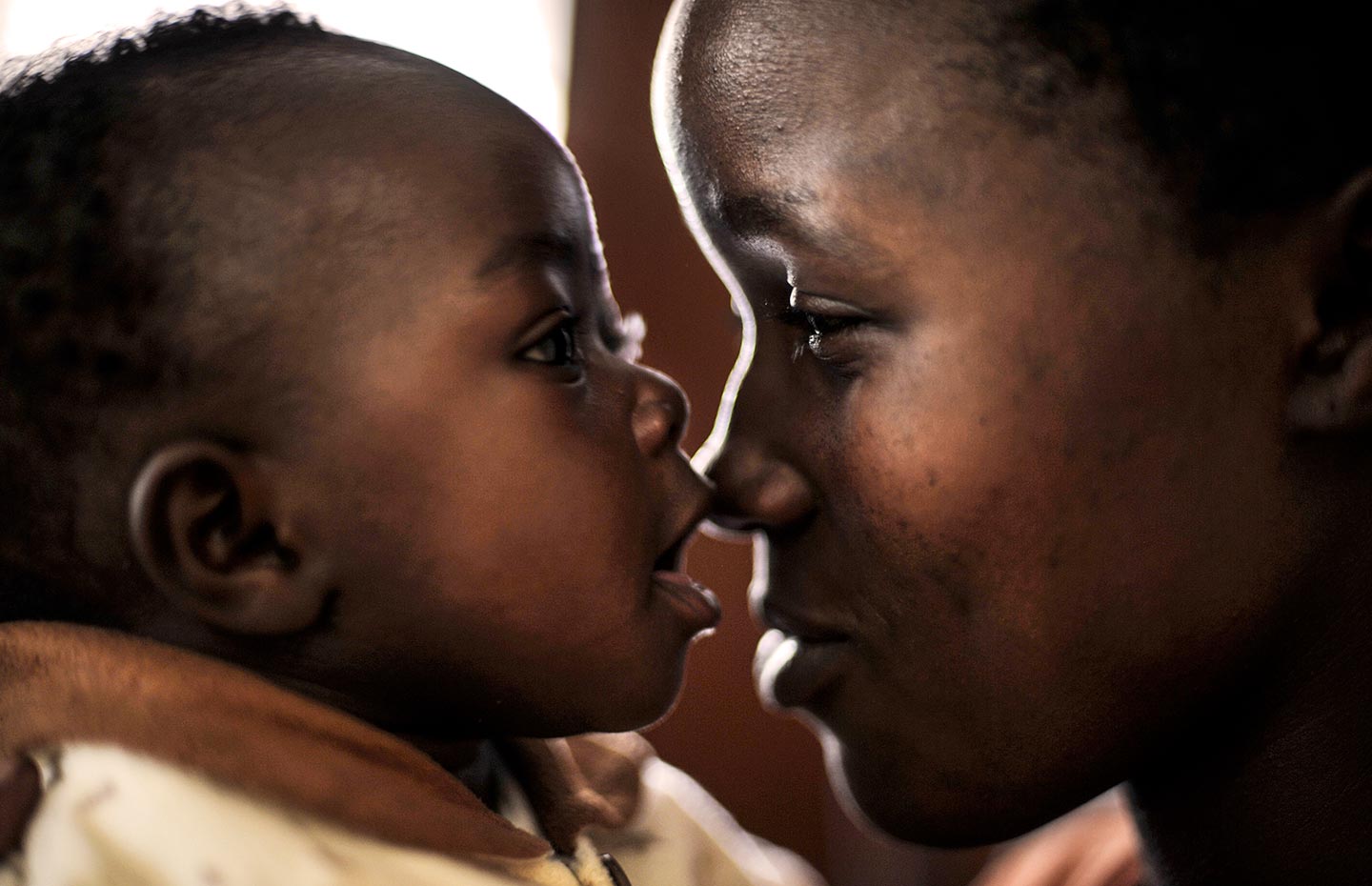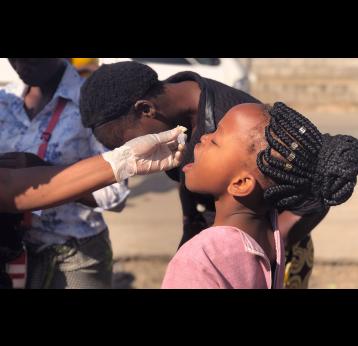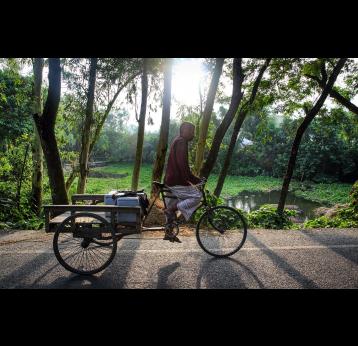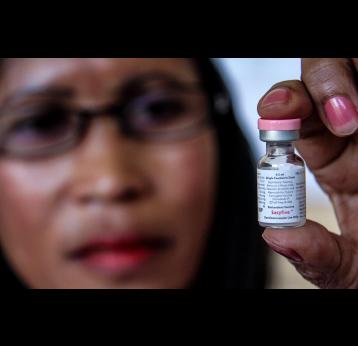Given the significant pressures on national budgets in the wake of the 2009 financial crisis, ensuring that both donors and developing countries remained committed to investing in vaccines was critical to the success of our mission in the 2011–2015 period.
Strategic goal three recognised that widening our donor base to secure long-term, predictable funding was essential to meet increased demand for new vaccines against pneumococcal and rotavirus infections.
Likewise, raising the extent to which developing countries contributed to the cost of vaccines themselves reduced the short-term pressure on the Vaccine Alliance's available funds.
Goal-level indicators
- Resource mobilisation: resources mobilised as a % of resources needed to finance forecasted country demand for vaccine support.
- Country investments in vaccines per child: average government expenditure on vaccines per surviving infant.
- Fulfilment of co-financing commitments: % of countries that meet their co-financing commitments in a timely manner.
Strategic objectives
- Increase and sustain allocation of national resources to immunisation.
- Increase donor commitments and private contributions to Gavi.
- Mobilise resources via innovative financing mechanisms.
Resource mobilisation
Securing additional resources was critical to fund the unprecedented acceleration in the roll-out of vaccines in developing countries.
With this in mind, strategic goal three supported a strategic shift toward a new resource mobilisation model, requiring a more integrated approach to advocacy, communication, public policy, innovative financing and donor relations.
The new model envisaged:
Co-financing
Financial sustainability has been a core principle of Gavi's mission since its inception, with developing countries encouraged to co-finance or contribute to the cost of purchasing their vaccines with the Vaccine Alliance. In 2010, 53 countries co-financed Gavi-supported vaccines compared with 27 in 2008.
For the period 2011-15, strategic goal three aimed to secure commitments from low- and middle-income countries to co-finance, and assisted some countries ready to 'graduate' to cover the full cost of their national vaccination programmes.
To do this, Gavi focused on institutionalising vaccine spending in national budgets and health planning.
Find out more
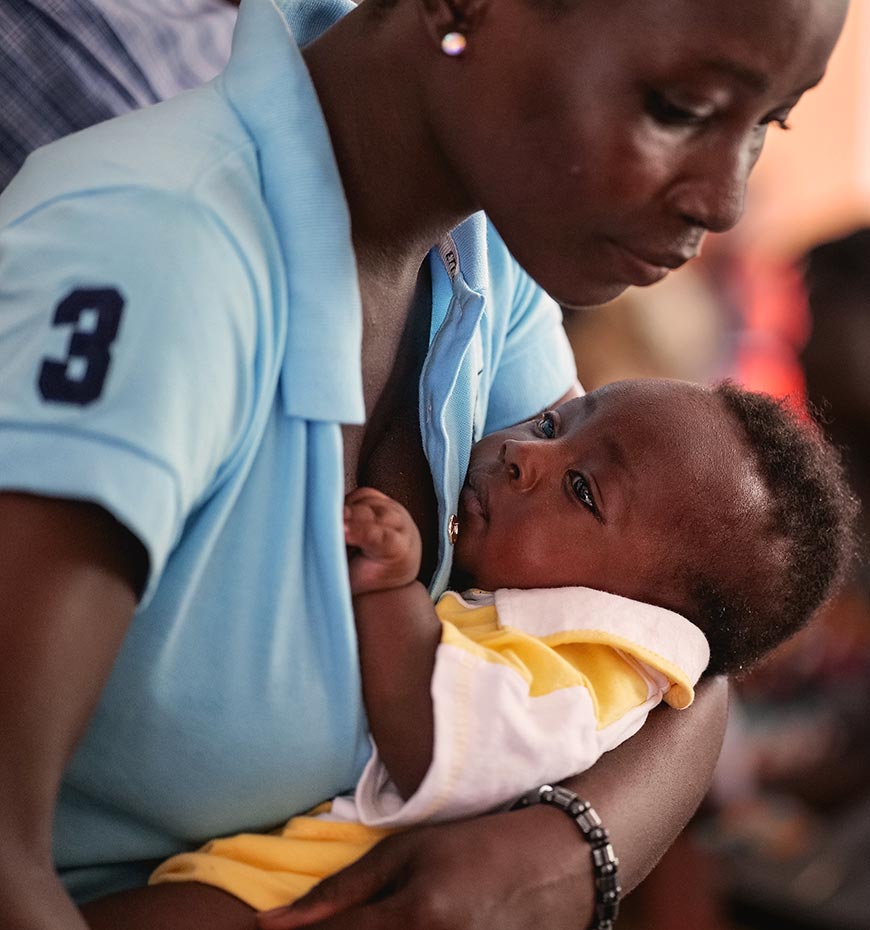
Financial sustainability has been a core principle of Gavi's mission since its inception, with developing countries encouraged to co-finance or contribute to the cost of purchasing their vaccines with the Vaccine Alliance. In 2010, 53 countries co-financed Gavi-supported vaccines compared with 27 in 2008.
For the period 2011-15, strategic goal three aimed to secure commitments from low- and middle-income countries to co-finance, and assisted some countries ready to 'graduate' to cover the full cost of their national vaccination programmes.
To do this, Gavi focused on institutionalising vaccine spending in national budgets and health planning.
Find out more
Explore the other strategic goals
Last updated: 19 May 2025
